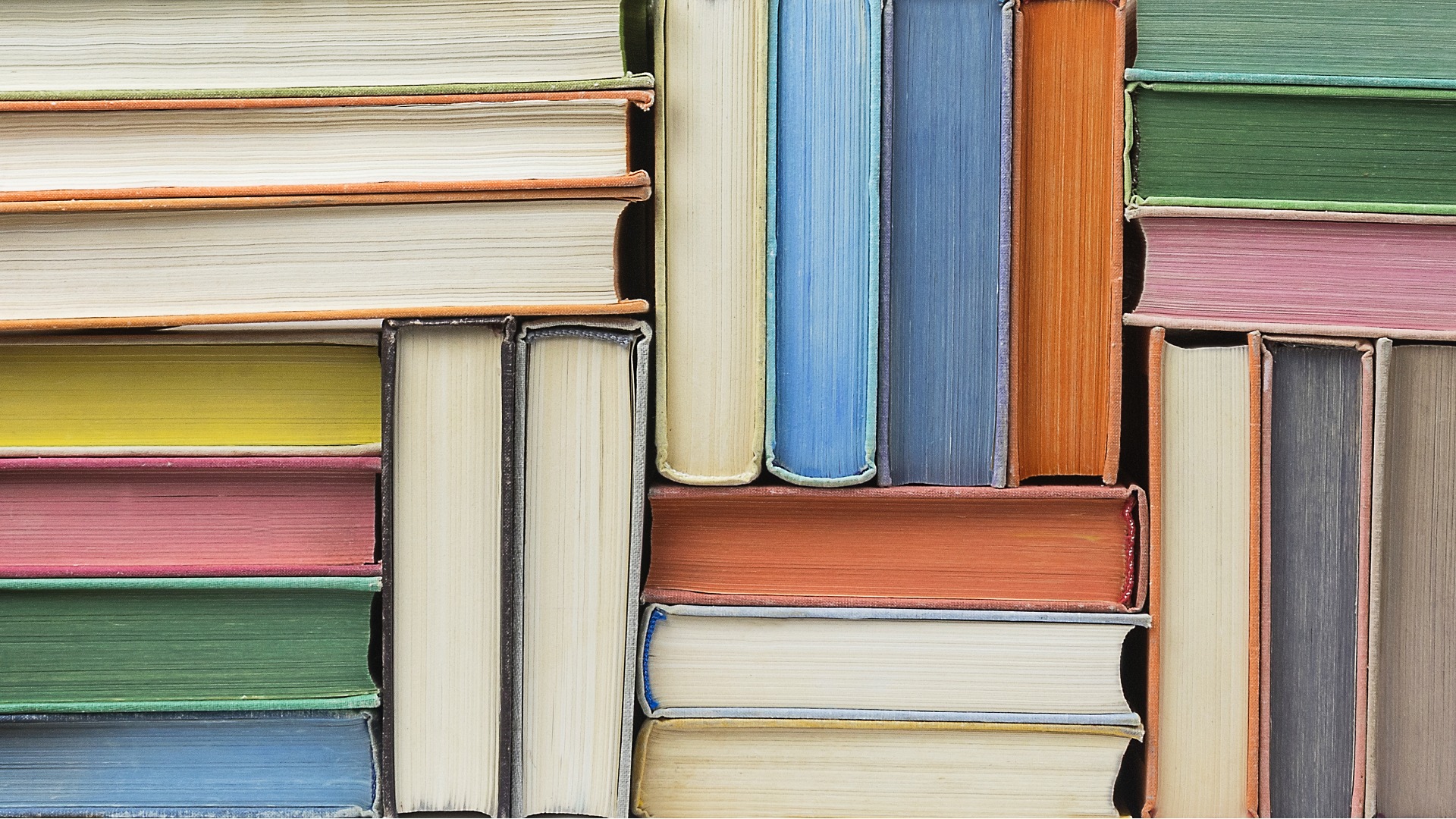Table of Contents Show
In early January, a Tennessee school board’s decision to remove the graphic novel Maus by Art Spiegelman from their curriculum sparked discourse regarding banned books in school libraries. The United States experienced a surge in book challenges and bans in school curriculums and public libraries in recent years, with books that focus on pertinent social and cultural topics like racism, sexual identity, and world history taking the largest hit.
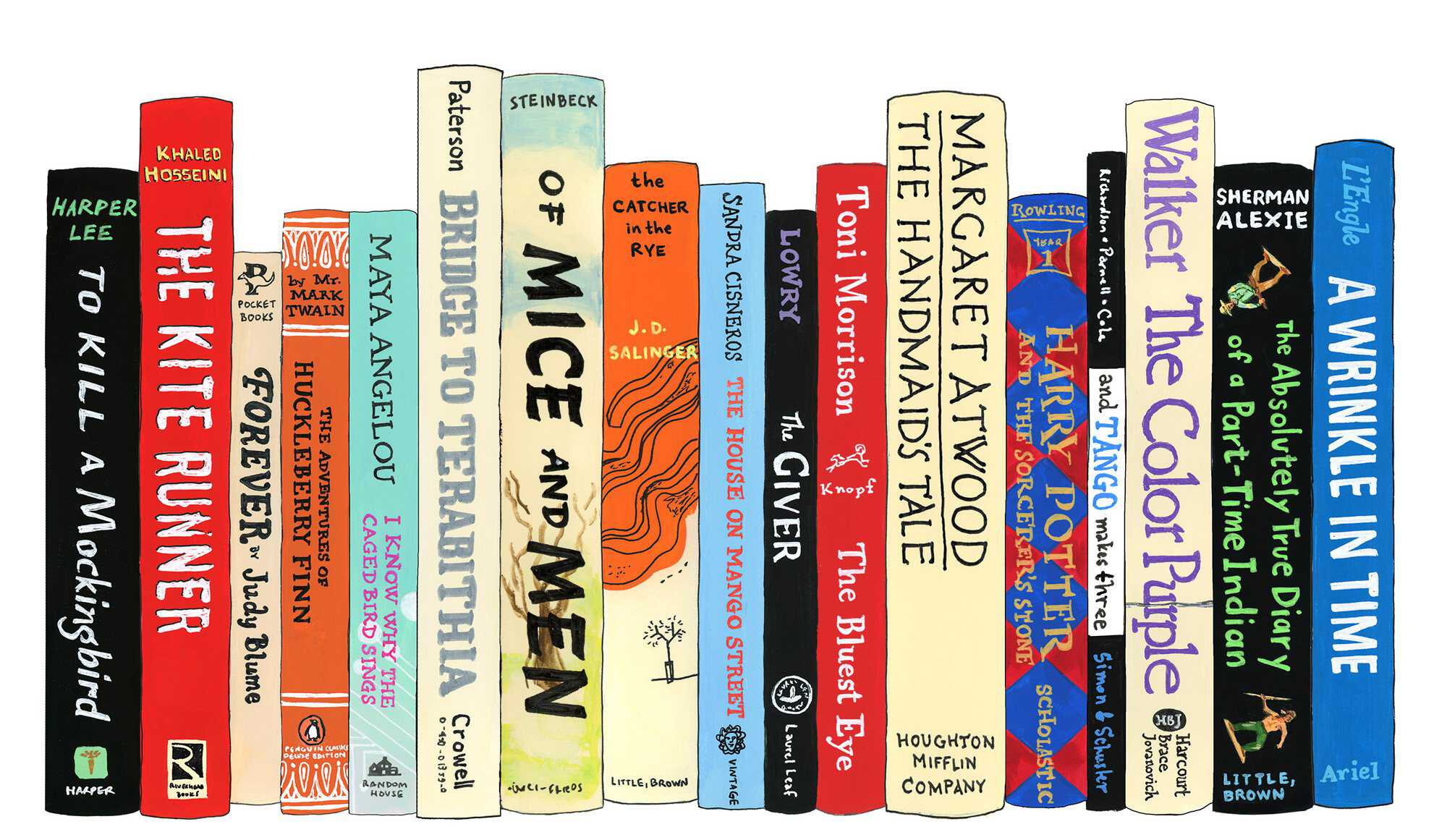
The recent increase in banned books and challenges has resulted in parents and students alike speaking out about what they see as right and necessary. Banned books are a controversial topic that can evoke a variety of responses from different groups and individuals, making the subject all the more important and relevant to talk about. The banned books in question remain essential reads that provide important perspectives and information on world history, individual identity, and our way of life.
A Brief Banned Books History
Banned books are no new phenomenon in the U.S., with the first banning of a book happening as early as 1637 when early American colonies were established. Thomas Morton’s New English Canaan, which critically judged and reproached Puritan customs, was banned by New English colonizers soon after being published (( Bush, Ally. “The little-known history of banned books in the United States.” 28 Sep. 2020. Reading Partners. )). However, one of the first banned books nationally was Uncle Tom’s Cabin by Harriet Beecher Stowe, banned by the Confederacy for its pro-abolitionist ideas and surrounding discourse regarding the morality of enslavement.
There have been thousands of banned books throughout U.S. history, from James Joyce’s Ulysses to Harry Potter by J.K. Rowling. These bans inspired both support and disapproval from parents, students, and library boards around the country. One case of book banning resulted in a lawsuit that was brought to the Supreme Court in 1982, called the Island Trees School District v. Pico court case.
Steven Pico, alongside others, sued his school board claiming the violation of the student body’s First Amendment rights after nine books were banned from the curriculum. The Island Trees School District v. Pico ruling ultimately posited that school boards should not be able to remove books from libraries because they disagree with their ideas; however, school boards may remove books that are “educationally unsuitable” or “pervasively vulgar” (( Richardson, Emily. Sep. 23, 2014. “”Board of Education, Island Trees Union Free School District No. 26 v. Pico.” Encyclopedia Britannica. )).
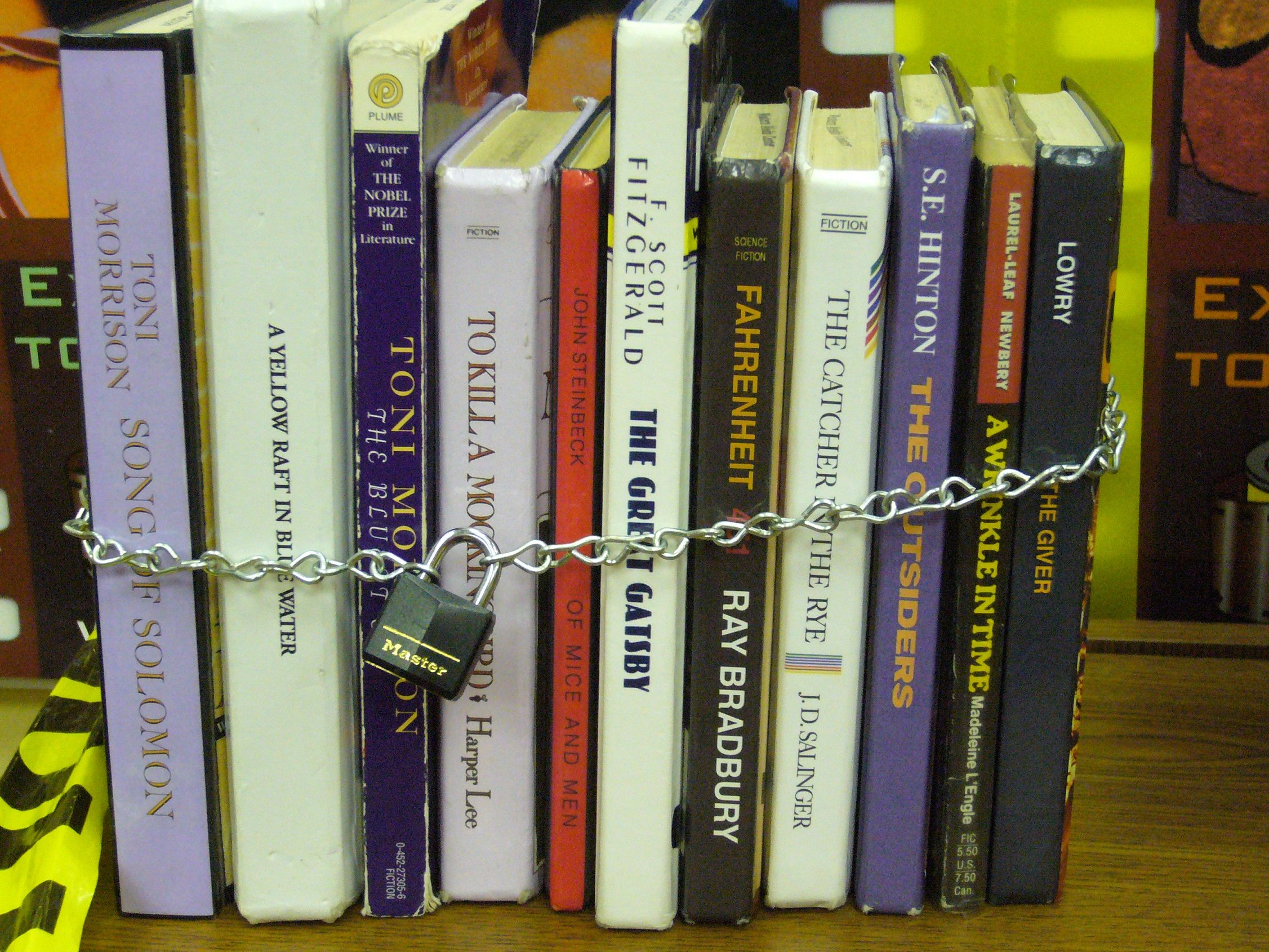
The Island Trees School District v. Pico ruling was one step forward in regulating standards for banned books, but also left room for discourse regarding what “vulgar” content in books would be unsuitable for schools. Books are still frequently challenged and banned in schools by both parents and school boards, satisfying some and concerning others. There is a fine line between banning books for student safety and censorship, with some worried that the success of book bans will lead to further censorship and limited or biased education of students.
There is also the fear of what an increase in banned books could lead to or return to. One of the most infamous examples of book bans is the banning and burning of literature by Nazi forces during World War II. In 1933, Nazi student groups conducted public burnings of what they deemed “un-German” literature, destroying the work of famous Jewish, leftist, and liberal writers. The Nazi book bans have ever since been a symbol of their censorship and oppression. While banned books are certainly not treated at this level in the U.S. currently, it is imperative to remember how censorship of books has been weaponized in history.
Four Must-Read Banned Books
Books are banned in schools for a variety of reasons such as containing adult content, obscene language, violence, or ways of life or thought that may be deemed “harmful” or too mature for younger audiences. School boards and parents that support the removal of certain books commonly justify their actions with the concern that young readers may read something too advanced that may influence them negatively. Many parents also worry that certain content within banned books will inspire conversations with their children that they (the parent or the child) may not be ready to have.
However, for children or teenagers who are seeking to learn more about themselves and the world, reading is one of the safest and most informative ways of exploring and experiencing (at least in a second-hand manner) different ways of life. As students grow into adults and start living on their own, reading is an essential way of forming their own opinions and influencing their actions. Banned books should still be read so that all readers can explore different perspectives in order to look and think more critically and effectively about our way of life. Below is a list of new and old banned books that everyone should read.
Maus By Art Spiegelman
Acclaimed as one of the greatest graphic novels of all time, Art Spiegelman’s Maus depicts his parent’s experiences living in Poland and their internment at Auschwitz. Portraying Jewish people as mice, Germans as cats, and Poles as pigs, Spiegelman represents the horrors of the Holocaust while utilizing the full visual potential of his chosen medium. Maus is the first and only graphic novel to have won a Pulitzer Prize so far, and has been used to educate students on the Holocaust since 1991.
Maus was recently removed from the curriculum of a school in Tennessee due to obscene language and a drawing of a nude woman. The removal of Maus sparked conversation all around the country, with many individuals turning to their local libraries and bookstores to find a copy for themselves to read. Widespread support for the graphic novel catapulted it to the top of several bestsellers lists, with parents and students alike seeking to read the critically acclaimed work.
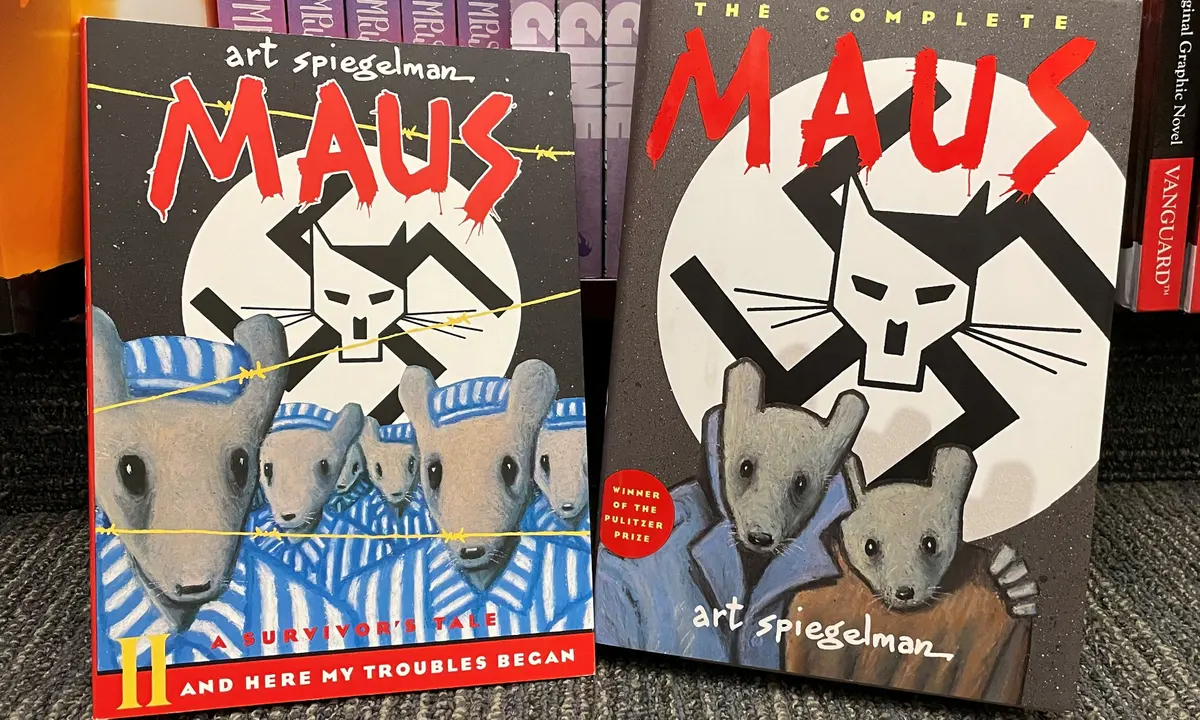
Despite the ban of Maus due to its content matter, the graphic novel remains an essential read that offers informative insight into the Holocaust. Maus not only captures the horrors of the Holocaust but shows how the genocide continued to affect Jewish families long after it was over. Spiegelman effectively portrays how trauma can be inflected and felt on a day-to-day basis in the smallest of ways, creating a graphic novel that serves as a powerful reminder that something like the Holocaust should never happen again.
I Know Why The Caged Bird Sings By Maya Angelou
An autobiography of Maya Angelou’s childhood, I Know Why the Caged Bird Sings portrays Angelou’s experience coming to age alongside themes of trauma, racism, and self-acceptance. I Know Why the Caged Bird Sings insightfully and powerfully conveys the mistreatment of Black women in the United States and its impact on their psyche and lives.
Maya Angelou is often described as one of the most banned authors in the U.S., with her debut novel facing frequent bans and removals from school curricula since its release in 1969 ((New African. “Maya Angelou – the most banned author in the US.” July 2014. New African Magazine. )). Common reasons for the banning of I Know Why the Caged Bird Sings are its graphic depiction of sexual assault of a child, language, and what some school boards have deemed “antiwhite” themes.
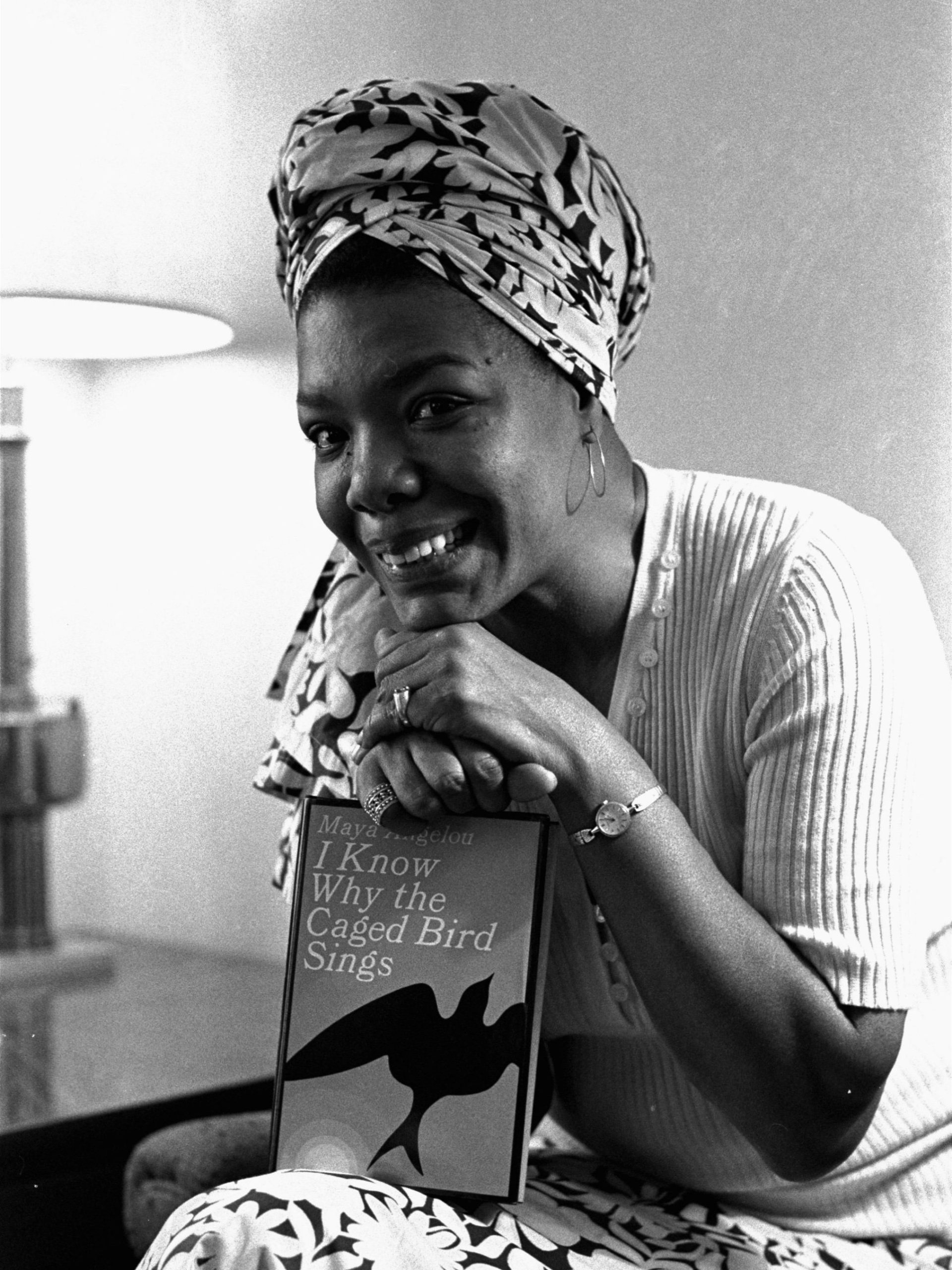
Although Maya Angelou’s work faces frequent challenges from school boards around the country, she is a critically acclaimed and highly influential author whose work empowers and informs readers. Her novels and poems provide space to explore healing from trauma and finding oneself, which is an important outlet for young adults to have. Angelou’s debut novel is an essential read that educates those who may be ignorant of the realities and cruelty of racism in America, inspiring empathy and motivating change.
The Absolutely True Diary Of A Part-Time Indian By Sherman Alexie
Diary Of A Part-Time Indian is a semi-autobiographical novel about a teenage boy’s experience growing up on a Spokane Indian Reservation and the changes that arise when he decides to go to an all-white high school. Handling topics like cultural identity, class and racial struggles, and familial loss, Alexie balances dark humor with genuine insight to effectively depict the complexities of growing up and feeling like one belongs.
According to the American Library Association, The Absolutely True Diary Of A Part-Time Indian was the most challenged and banned book in libraries from 2010 to 2019. The novel has been banned for multiple reasons such as sexual content and violence, with some also disapproving of its use of racial and ableist slurs. The use of dark comedy in the novel was controversial or offensive to some readers; however, some have attributed this as an important insight into the main character.
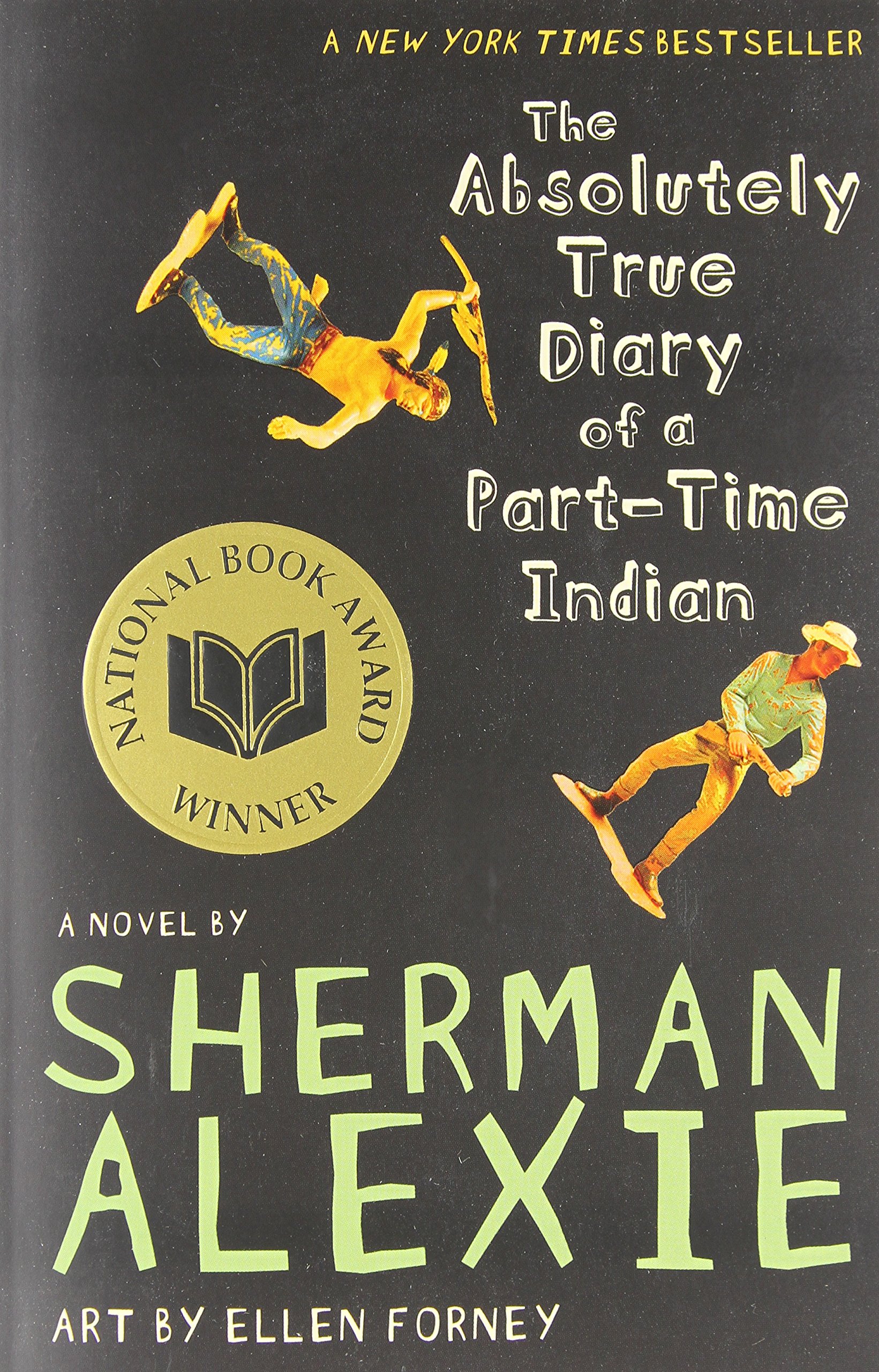
Challenges to The Diary Of A Part-Time Indian inspired conversation regarding how literature may be engaged with on a critical level rather than at face value. While the novel’s approach to sensitive topics might be considered offensive, some argue that young readers can recognize this as a different perspective that isn’t necessarily something they should adopt but can still study. Alexie’s novel explores themes that young readers may relate to and learn from such as loss and identity, ultimately standing as a testament to perseverance and strength in community.
Melissa Or George By Alex Gino
Melissa– originally published under the title George –is a children’s novel about a transgender girl who uses her school’s performance of Charlotte’s Web to come out to her mother as trans, by switching roles with her friend to play Charlotte. Melissa has a hard time at school because her classmates and teachers view her as George, while at home she struggles with her mother who sees her way of dressing and acting like a girl as childish. Melissa showcases the process of how the young girl embraces her identity and expresses her true self to her loved ones and community.
Gino’s novel was challenged and banned in school libraries largely for its depiction of LGBTQIA+ content and focus on a transgender character, with some school boards reasoning that the book does not “reflect community values.” Others argued that schools and libraries should not provide books like Melissa because they may initiate different or “controversial” conversations and thoughts for young children. Melissa has faced challenges every year since its publication in 2015, but Gino and fans of the novel have utilized grassroots efforts to supply the book to those who want to read it.
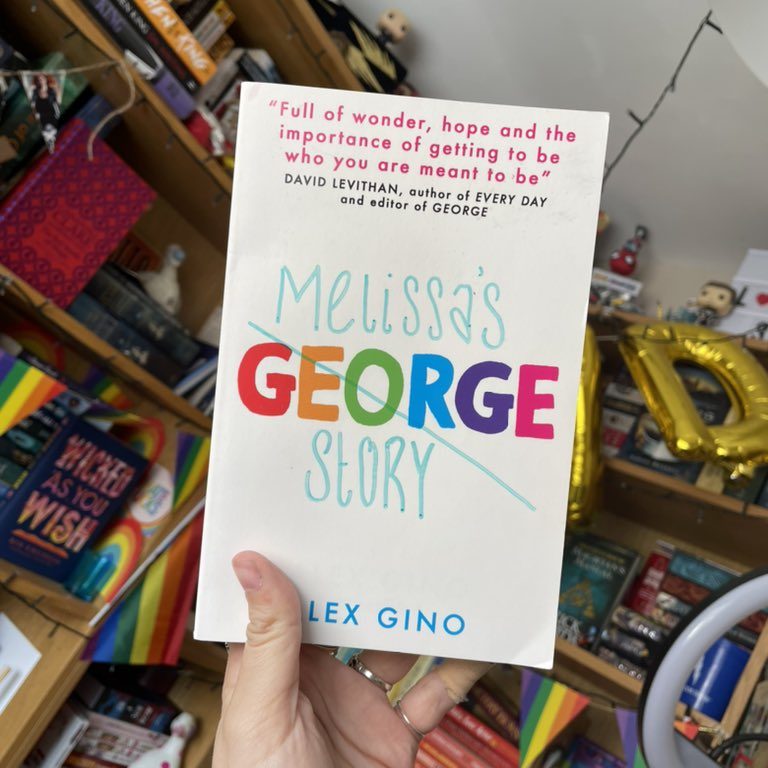
Melissa is an important and necessary book that can provide comfort and recognition to young transgender children or readers with transgender loved ones. Allyship is a major theme in the novel that helps educate readers on how to be supportive of the transgender friends and individuals they might meet in their lives, or at least understand and respect them. Besides Melissa’s progressive portrayal of transgender characters, the book also provides insight that can be universally helpful, such as dealing with issues like bullying, learning how to effectively communicate with friends and family, and believing in oneself.
Why Read Banned Books?
Banned books may be considered or labeled controversial reads, yet many of the works banned are incredible pieces of prose that hold great potential to educate, inspire, and empower. It is important to give young learners the space to grow at their own pace and read books appropriate for their reading level; however, it is also important that all readers have access to texts on a variety of subjects that can enrich their perspectives to help them better understand themselves and their environment.
To limit what students may read based on a specific set of values is to limit their capacity to better understand themselves and their world. Banned books will very likely continue to experience challenges in the future, but the freedom to read, to learn, and to assert ideas is something that should be protected and embraced. Banned books are essential reads that can challenge one’s perspective and encourage it to be all the more inclusive and well-rounded, helping unite communities through understanding rather than ignorance.
